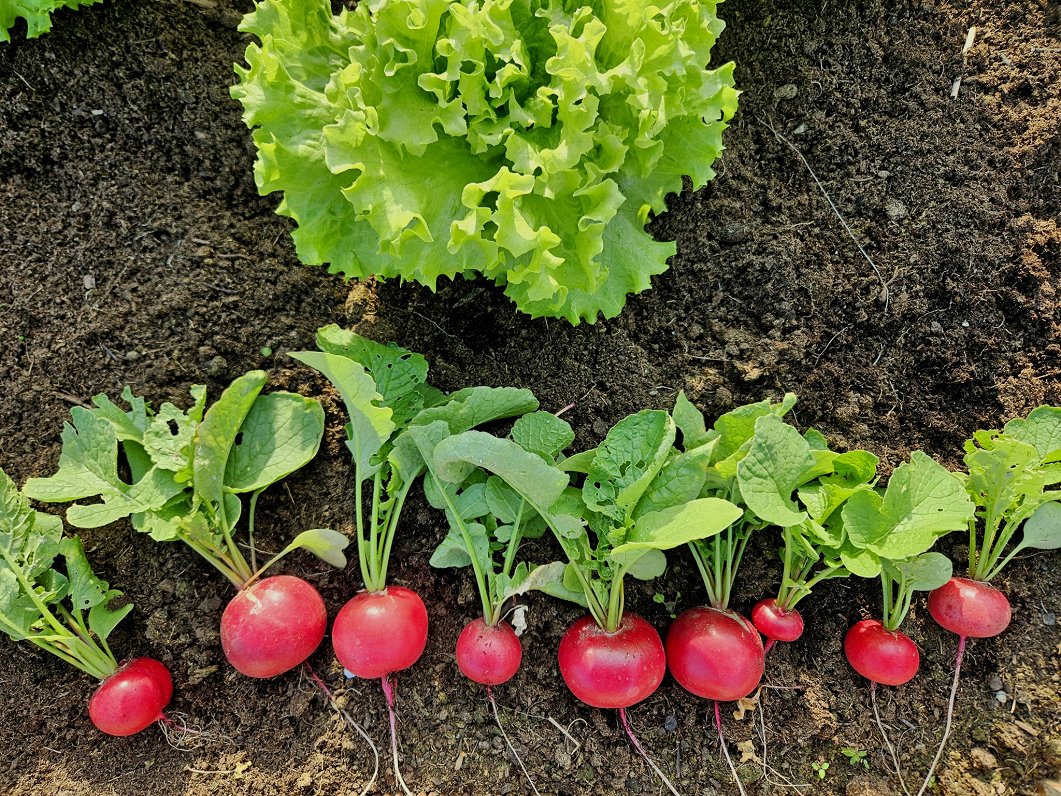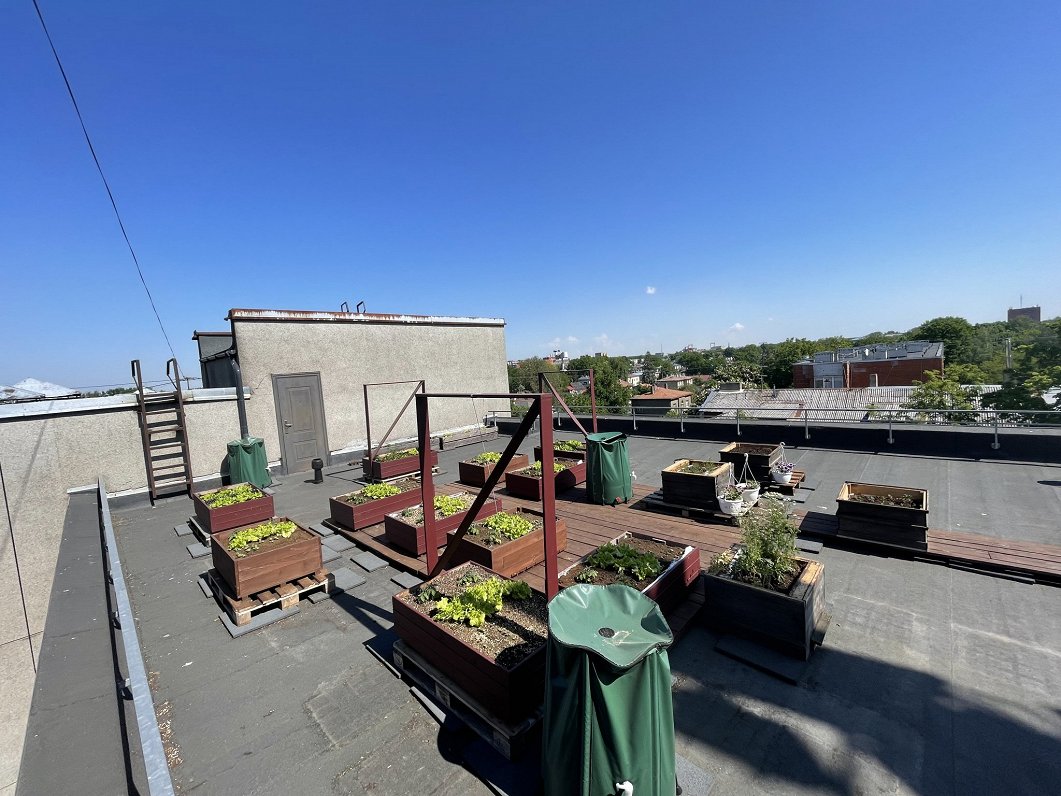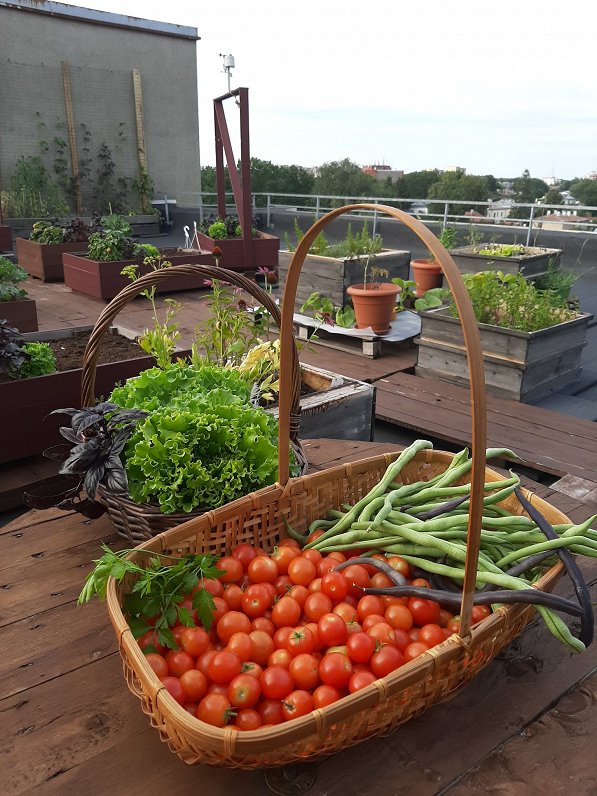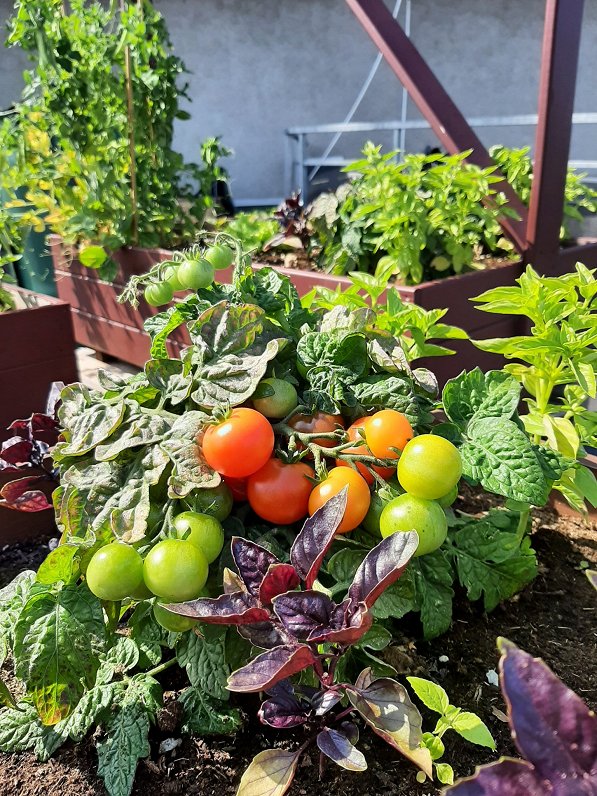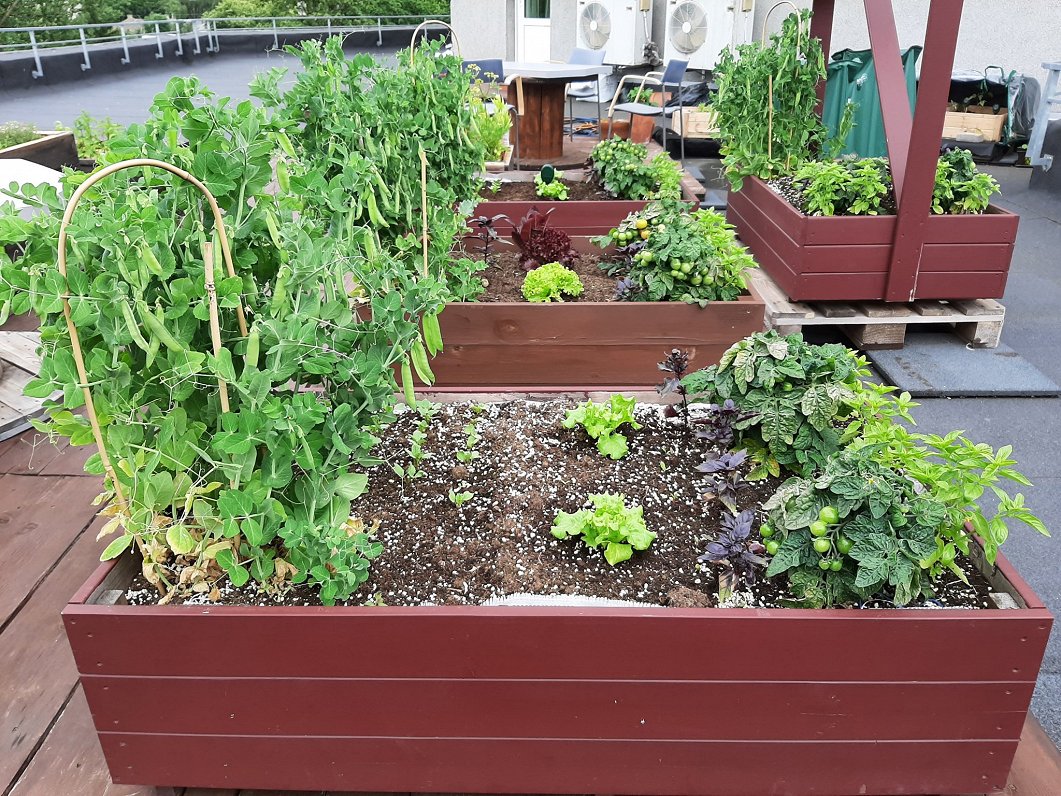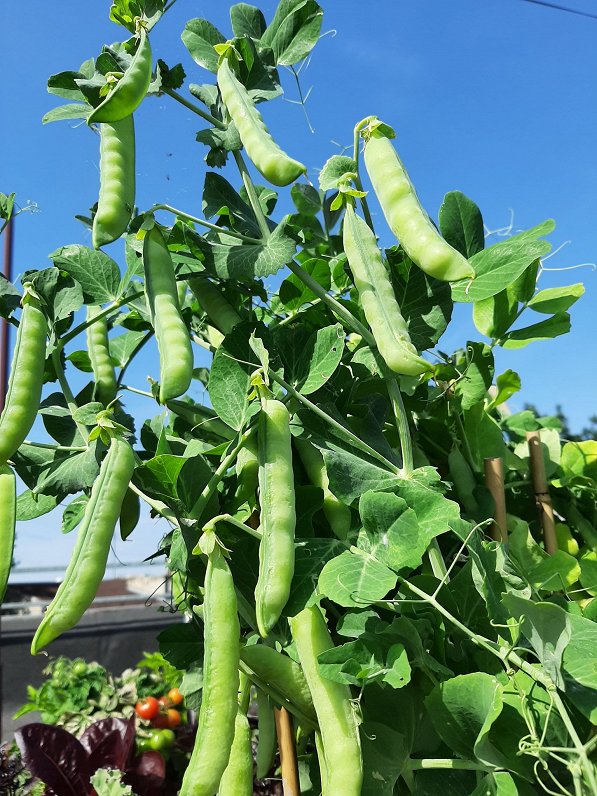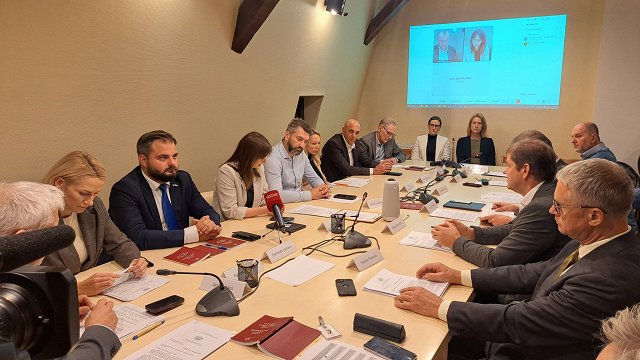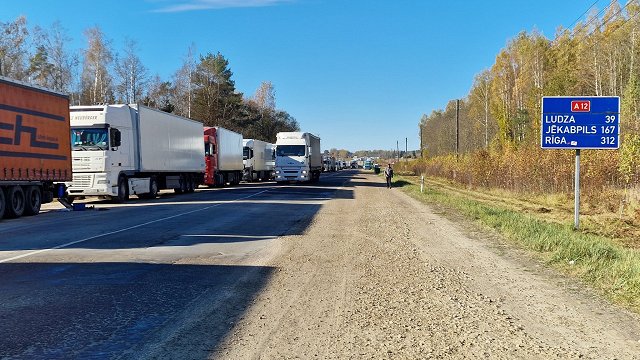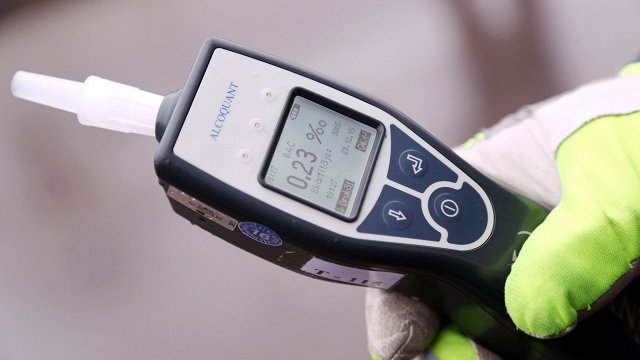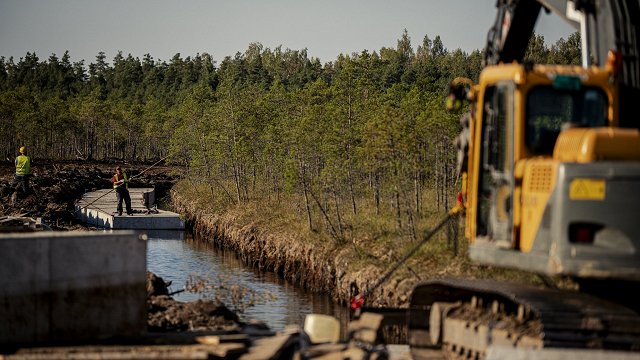In the Roof 2 Fork project, researchers at the Institute of Horticulture in Pūre are growing vegetables in a rural setting. In Rīga, the same plants are being grown on the roof of the Institute of Agricultural Resources and Economics. This year's harvest is the second, and Linda Ieviņa, a researcher at the Institute's Bioeconomy Department, explained the crops chosen for the study:
"We grow the same things. We have tomatoes, basil, lettuce, peas, and radishes to provide as many different product groups as possible because, for example, if there is some potential contamination, then different plants might also accumulate that contamination in different parts."
Sensors are placed in the soil to send data on soil temperature and moisture. What researchers are most interested in is soil moisture. In this way, the environmental conditions can be as similar as possible in both rural and urban locations.
"Then, if there are any differences in the analyses, these other external factors might not apply. So that we know that these differences are really caused by the fact that there is an urban environment or a rural environment, rather than the fact that in one environment, for example, there was more humidity and therefore it develops some other effect," Ieviņa explained.
The researcher explained that when gardening in the city, the biggest food quality problems can be caused by some historical contamination in the soil. Transport and industry also have an impact, but early results show that air quality in urban areas does not have a significant impact on the size and quality of the harvest:
"It grows very well in both places. The first observations in Rīga show that things are going faster because the temperatures are higher in Rīga.
"But in both places, the plants are very healthy and the yields are also very good. In Rīga, for example, we have more than 15 kg of small tomatoes this season. Considering how much space they take up in a box and how many we had - 18 tomato plants, basically in a two square meter area - 15 kilograms is very good, I think.
The chemical composition of the vegetable, its nutrients, and possible harmful substances are later determined in the laboratory.
"Is the metal content not too high, also nitrates, nitrites? Then we compare whether they meet or exceed the recommended norms. Also, between each other, whether there are any differences. At first glance, there are no exceedances or significant differences between the two sites," Ieviņa said.
Growing vegetables on the roof is not without its challenges - there are bird attacks, pests, and diseases to contend with. The project is also experimenting with three different types of substrate to determine the best method for growing vegetables in an urban environment.
Although the project is still ongoing, the researcher has concluded that urban gardening still has a lot of potential in Latvia, as it has been slower to develop here compared to other European cities. In Rīga, family gardens, where vegetables are grown in the open for self-consumption, are still more popular, while growing vegetables on balconies or rooftops is rarely practiced.
The Roof 2 Fork project will come to a final conclusion on how the quality of food grown in urban and rural areas differs in the spring, when everyone will also have the opportunity to see the guidelines developed for growing vegetables on roofs. The project is funded by the Fundamental and Applied Research Programme.
